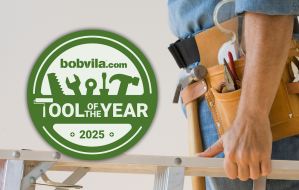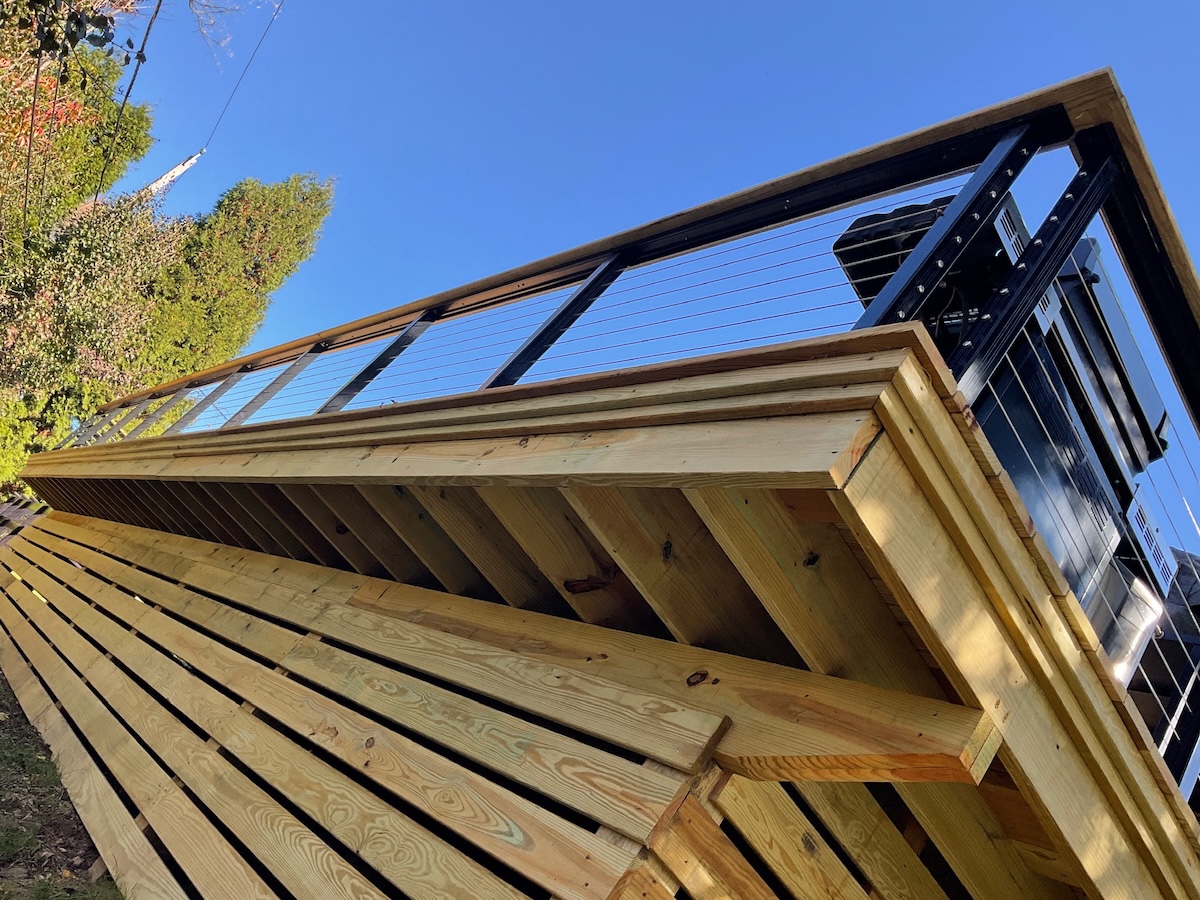

We may earn revenue from the products available on this page and participate in affiliate programs. Learn More ›
It’s easy to notice when it’s time to clean your deck surface, and many of us make sure to keep that backyard deck as tidy as our interior gathering spaces. But, it takes a bit of effort to dip down below the deck and consider maintaining the underside. Unlike the foundation walls of your home, the deck structure is typically uncovered and at the mercy of whatever severe weather is thrown at it. So, it’s a good idea to go under the deck to clean away the muck and check the soundness of the structure every spring. It’s an investment in your family’s safety, the deck’s appearance, and the longevity of your deck.
If you need a bit more motivation, consider this: About half of the 60 million decks in the U.S. need to be replaced or repaired, according to the North American Deck and Railing Association (NADRA), so there’s a good chance yours might be one of them. And the Consumer Product Safety Commission estimates 2,900 injuries and two deaths were caused by deck, balcony, or porch failures between 2016 and 2019. So with safety top of mind, here are the key deck features to clean and check.
Get a good look at the ledger board.
It’s usually easiest to use an electric pressure washer—like the Ryobi 40V 1500 PSI, which earned “best cordless” honors in our hands-on testing—to clean the underside of a deck. Since you are directing water up and around you while you are working underneath the deck, it’s best to start at the house and work your way out toward the yard. Plus, the connection between the deck and the house, called a ledger board, is the most common place that deck failures happen. By cleaning away any debris, you’ll be able to get a good look at the ledger connection to make sure it’s still sound and securely connected.
Remove mold and mildew from joists and under decking.
While the method for cleaning under a deck is similar to cleaning the decking on the surface, there are a few more things to consider. Mold and mildew fans out in the gaps between the decking boards and then it layers on the joists below. Use a deck cleaner or brightener with oxalic acid to remove mold and mildew while rejuvenating the natural color of the wood. As you’ll be working overhead with a chemical, make sure to wear a face shield, gloves, hat, and waterproof jacket to protect your skin and eyes.
The point isn’t to make the deck look like it was just built; it’s to get rid of mold, mildew, and dirt to reveal the deck surfaces so that you can get a good look at the structure and inspect its condition.
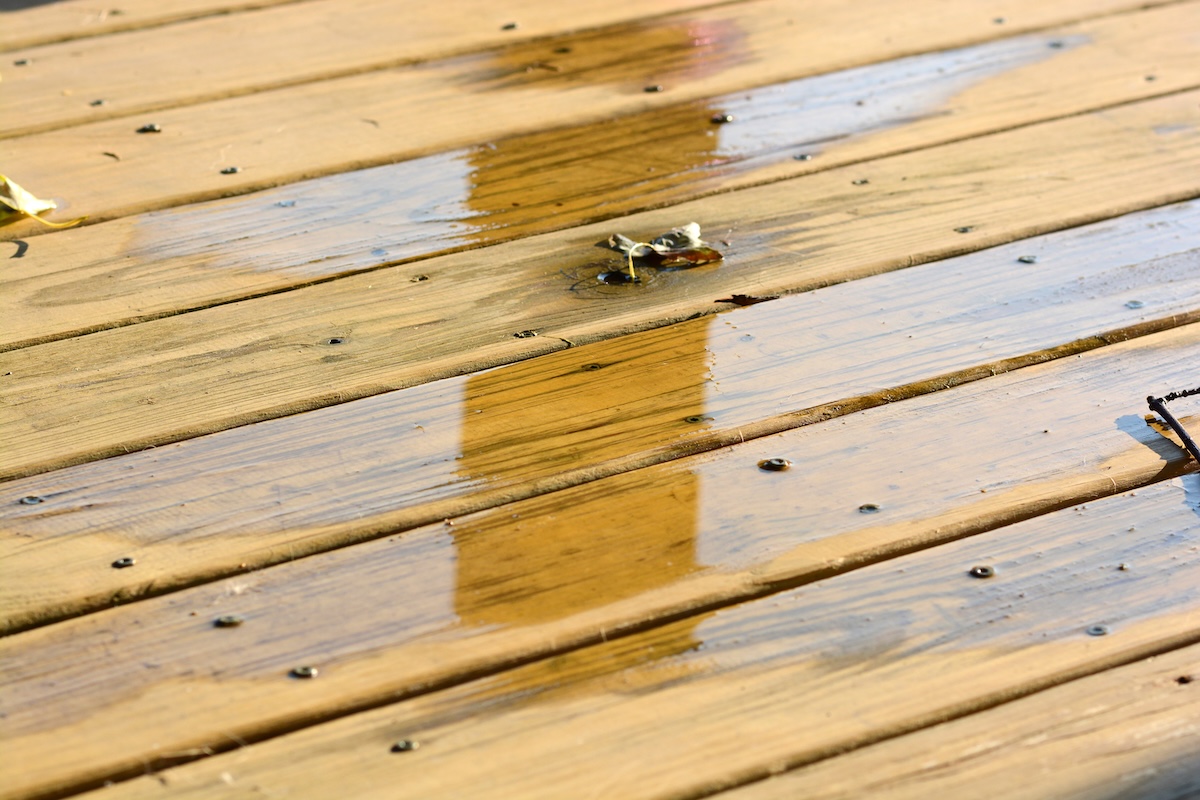
Check for any water issues.
If you have a shaded deck with lots of conifer trees around, the needles can collect between the decking boards and create an organic dam that makes it difficult to shed water. And then microbes gather and can rot decking. Blasting the collection of goo from below with a pressure washer can be easier than working from the top, if you have the room below the deck. While shooting water under the deck, you will also notice where water naturally pools, which can be a playground for insects. It’s a good idea to take care of that with improved drainage.
Bonus tip: Another source of potential water issues under a deck is a downspout extension that’s typically under there. They often fall apart and just gush water under your deck. Make sure to check whether your drainage system is connected and directing water properly.
Maintain the health of deck posts.
In addition to the ledger board, the deck posts are what keeps the deck off of the ground. While they may seem indestructible, they aren’t. Posts can start to grey from photodegradation and particulate matter in the air. It’s a good idea to clean them annually and check that they are still sound. Since posts are treated for ground contact, the chemicals can fade over time. When we resurface an older deck, we will often treat the posts with a preservative to lengthen the serviceability of the posts. It just takes a few minutes to insert the preservative into the posts.
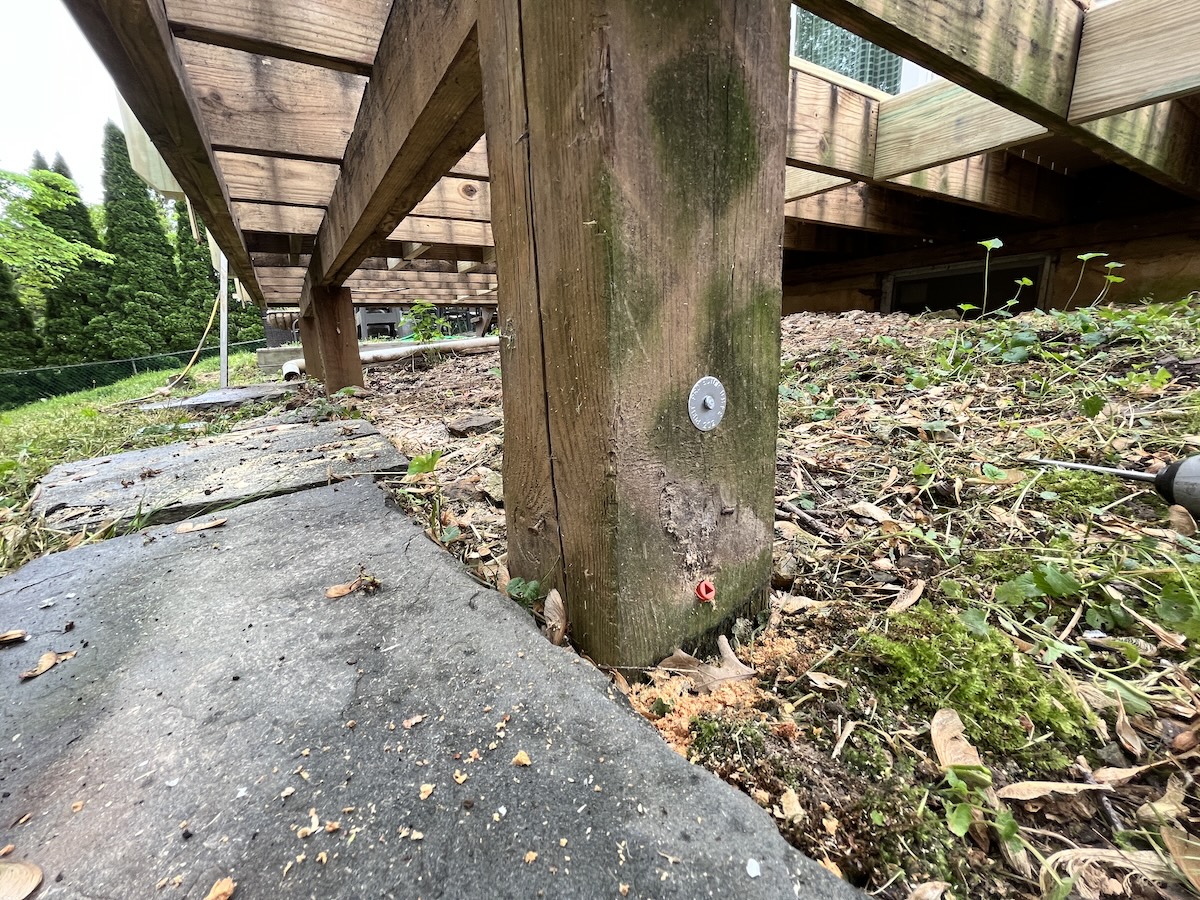
Inspect areas that are always damp.
Before you turn on the pressure washer, you might notice that it’s a soggy mess underneath the deck. If it’s always damp underneath the deck, it’s a breeding ground for mold and mildew that can slowly eat away at your wood deck. Consider covering the ground with stones to help with drainage. For more serious drainage issues, you may need to install a more involved drainage system.
Scan for missing fasteners.
Sometimes fasteners become loose and some may even wiggle out over time. It seems like you would notice it, but if it’s under your deck and dirt has filled the fastener hole…you might not ever notice until you go underneath the deck to check. Clearing out dirt can reveal locations where you may need to replace or secure loose fasteners.
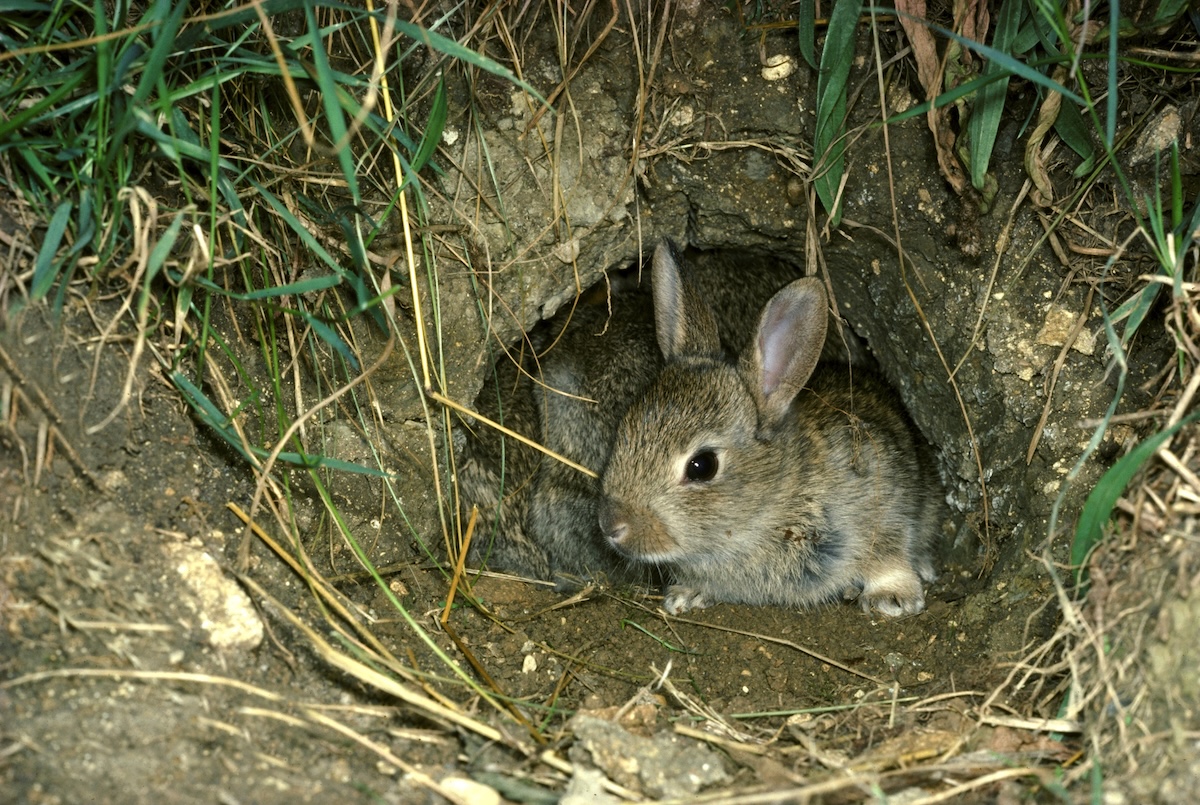
Watch for critter problems.
While you are under your deck, you may notice evidence of unwanted guests living there. If you have a dog, you might already know there’s an issue since dogs will react to critters and then scratch at the decking surface to try to get at them. The issue with critters is that they often dig near the foundation and then shoot a plume of dirt into the yard while they dig. The other issue is that animals can go under your deck to die, which is never a pleasant situation to add to a weekend chore list.
Add a few inches of gravel underneath the deck to make digging an unbearable task for critters, and add a critter wall around the perimeter of the deck to prevent most critters from accessing under there. Make at least one panel of the critter wall removable, so you can access under your deck when you need to clean it and check it again next year.
Tip: If cleaning the deck reveals deeper concerns and issues, stop using your deck until a local deck inspector can evaluate your deck’s health and develop a plan for making it safe for your family and friends.
